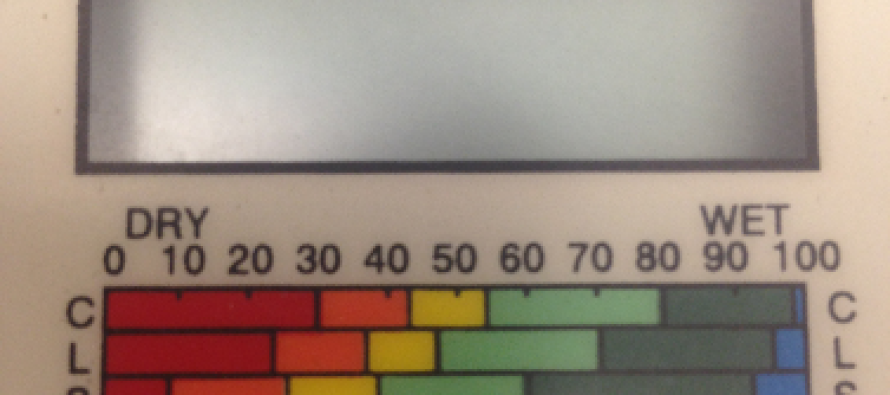Soybean Irrigation Termination

We have reached the point of the growing season where we have begun to terminate irrigation in soybean. When making this decision, the goal is to make sure that adequate soil moisture is available to ensure that the soybean seeds reach maximum size. Terminating irrigation too soon can result in decreased seed size which ultimately will mean that full yield potential may not be reached.
The first step in deciding when to terminate soybean irrigation is to properly identify what growth stage the crop is in. Keep in mind that if you are growing an indeterminate variety, observations for determining the growth stage should be taken from pods in the upper four nodes of the plant. In determinate varieties, observations can be taken anywhere on the plant.
The following points will help in identifying the late reproductive growth stages:
- R5.5 – Pods contain soybeans which fill half the space inside the pod cavity
- R6 – Soybeans completely fill the inside of the pod cavity
- R6.5 – Pod and pod wall beginning to change color. Soybeans inside the pod are separating from the protective membrane within the pod
- R7 – Pod mature in color
If the crop has reached the 6.5 growth stage, when the soybeans have begun to recede from the pod membrane, and adequate soil moisture is present, irrigation can likely be terminated at this point. In the case of indeterminate varieties, be mindful of the fact that there may be some pods in the lower part of the plant that are approaching R7 while pods in the upper four nodes still need water to finish filling. Terminating irrigation too soon can result in smaller seed and therefore reduce the overall yield potential.
Soil moisture sensors are excellent tools to aid in the decision of when to terminate irrigation in soybean. Proper identification of the crops growth stage coupled with measurements recorded with a soil moisture sensor can provide the information needed to estimate the time until the crop reaches physiological maturity and the availability of soil moisture up to that point. For example, if the soybean crop is at the R6 growth stage a timely rainfall or well-timed irrigation event could allow that crop to reach physiological maturity.
Below are some helpful points to consider when using soil moisture sensors to aid in the decision to terminate soybean irrigation:
- To terminate at R6 with measurements recorded from Watermark type sensors: Calculated average from the rooting zone should read < 60
- To terminate at R6 with measurements recorded from an Aquaterr M-350: Meter should read in the light green area for your soil type
- To terminate at R6.5 with measurements recorded from Watermark type sensors: Calculated average from the rooting zone should read < 100
- To terminate at R6.5 with measurements recorded from an Aquaterr M-350: Meter should read in the orange area for your soil type





